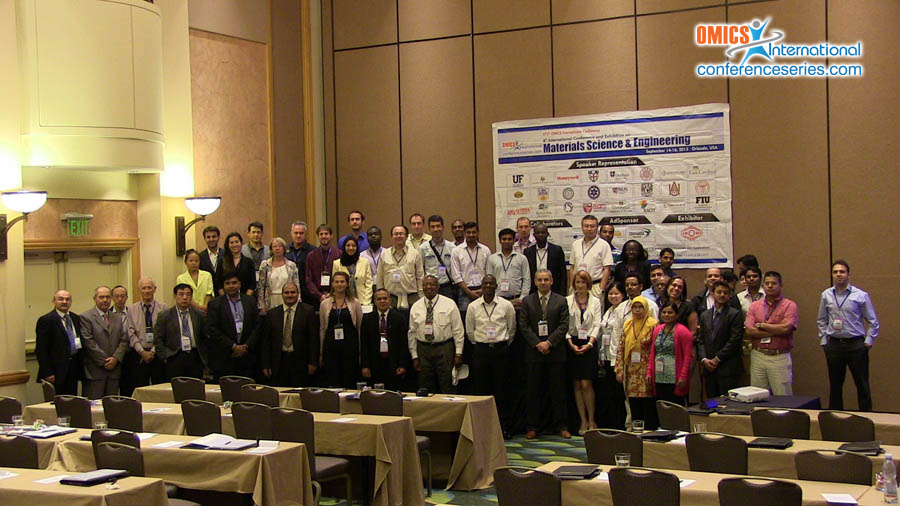
Atinuke Oladoye
Dublin City University, Ireland
Title: Optimisation of pack chromising process for proton exchange membrane (PEM) fuel cell bipolar plate applications
Biography
Biography: Atinuke Oladoye
Abstract
PEM fuel cells are clean power sources that possess the potential to improve global energy security and reduce greenhouse emissions if successfully commercialised for transportation, portable and distributed power generation. However, cost and durability of graphite bipolar plates is one of the major challenges hindering the widespread use of PEM fuel cells for such applications. Stainless steels are considered as candidate materials for replacement of graphite due to their low cost, light weight as well as amenability to low cost/high volume manufacturing processes such as stamping. Conversely, stainless steels corrode under the working conditions of PEM fuel cells resulting in performance degradation. In order to improve the corrosion resistance of stainless steels various surface modification processes including pack chromising have been investigated using the one-factor-at-a-time method which are time consuming and capital intensive. In this study, Box–Behnken experimental design is employed to investigate the influence of process parameters on the thickness and corrosion resistance of chromised 304 stainless steel in a simulated PEM fuel cell environment. Coating thickness was measured using scanning electron microscope and corrosion resistance was evaluated by electrochemical polarisation in 0.5MH2SO4+2ppmHF at 70oC. The single and interaction effects of process parameters namely: activator content, temperature and time, as well as the optimal conditions to produce a coating with maximum corrosion resistance were examined. The results indicated that temperature and time were the most significant process parameters and that with proper choice of these parameters; chromised coatings which satisfy the requirements for bipolar plate’s application can be produced.



